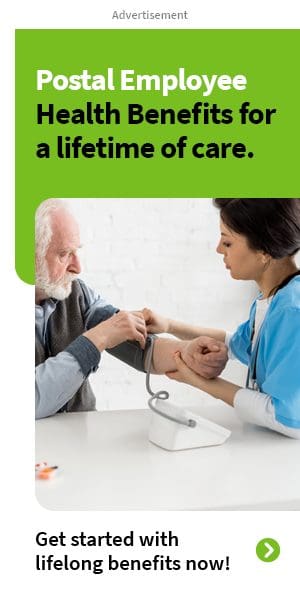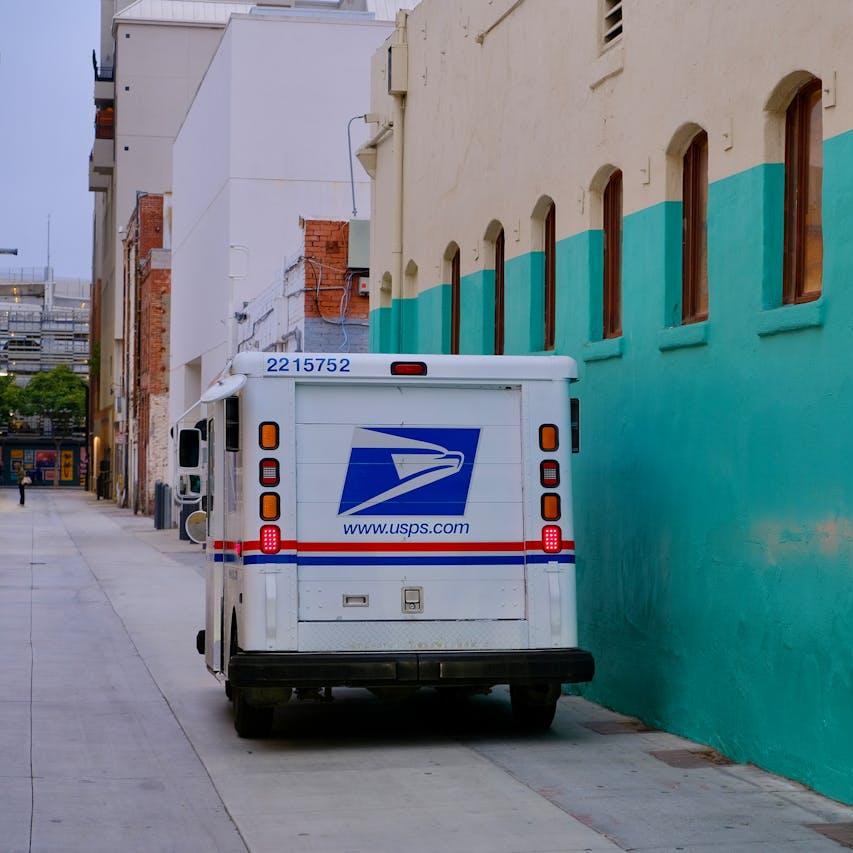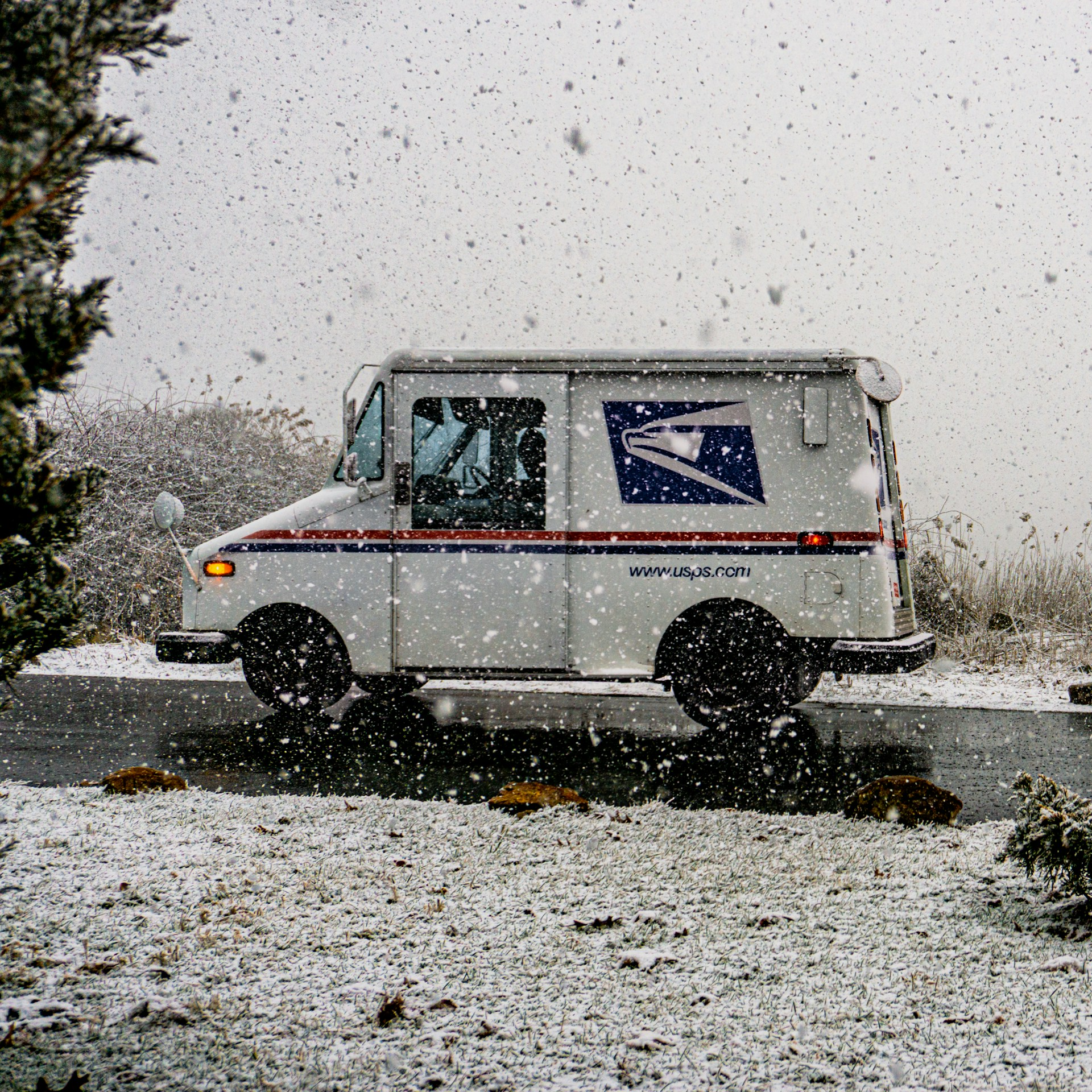Key Takeaways
-
Changes to USPS health insurance in 2025 introduce unique options and opportunities for both current employees and retirees, offering tailored coverage with new rules for Medicare coordination.
-
Navigating these updates is essential to making informed decisions about your healthcare coverage and maximizing your benefits.
A New Era for USPS Health Insurance
USPS employees and retirees, this year marks a significant turning point in your healthcare coverage options. The launch of the Postal Service Health Benefits (PSHB) Program replaces the Federal Employees Health Benefits (FEHB) Program for postal workers, reshaping how you access healthcare. With the changes taking effect on January 1, 2025, it’s time to explore what’s new and how it could impact you.
How Does the PSHB Program Differ?
The PSHB program has been designed specifically for postal employees, retirees, and their families. Unlike the broader FEHB system, PSHB narrows its focus to cater to the unique needs of USPS members. Here are some key differences:
-
Tailored Coverage: Plans under PSHB are customized to align with the healthcare needs of postal workers and retirees.
-
Mandatory Medicare Integration: Certain Medicare-eligible retirees and family members must now enroll in Medicare Part B to maintain PSHB coverage. Exceptions apply if you retired before January 1, 2025, and are not currently enrolled in Part B.
-
Cost Adjustments: While premiums and contributions may change, the PSHB program aims to provide value-driven options for USPS members.
These distinctions make it essential for you to review your choices and ensure your plan fits your specific healthcare needs.
Medicare’s Role in the New PSHB Landscape
If you’re Medicare-eligible, the PSHB changes bring new rules that could influence your healthcare strategy. Coordination between Medicare and your PSHB coverage is key:
-
Part B Enrollment: Medicare Part B enrollment is required for many postal retirees. This will help reduce out-of-pocket costs by covering doctor visits, outpatient services, and more.
-
Comprehensive Coverage: With both Medicare and PSHB, you’ll enjoy reduced gaps in coverage, making your healthcare more predictable and manageable.
-
Out-of-Pocket Protections: The PSHB program aligns with Medicare’s efforts to limit costs, including caps on prescription drug expenses starting in 2025.
If you’re new to Medicare or have delayed enrollment, now is the time to understand these requirements and avoid potential late penalties.
Enrollment Periods You Need to Know
To make the most of these changes, you’ll need to act during the right enrollment periods. Here’s a quick rundown:
-
2024 Open Season: From November 11 to December 9, 2024, USPS employees, retirees, and eligible family members can select or change their health plans for 2025.
-
Special Enrollment Periods (SEPs): If specific life events, like moving or losing other coverage, affect you, SEPs provide flexibility to adjust your plan.
-
Medicare Initial Enrollment Period (IEP): For those turning 65, your IEP is a seven-month window to sign up for Medicare without penalties.
Mark these dates to ensure you’re prepared to choose the best coverage for your needs.
Why These Changes Matter for Your Healthcare Choices
The USPS health insurance overhaul provides several benefits, but it’s not without its challenges. Here’s why this transition is a big deal:
-
Improved Plan Options: The PSHB program offers plans that better align with USPS needs, potentially providing more affordable and comprehensive options.
-
Cost Savings: Medicare coordination can significantly reduce out-of-pocket costs, particularly for those managing chronic conditions or high prescription expenses.
-
Simplified Management: With tailored plans, USPS employees and retirees can focus on options designed specifically for their unique situations.
Understanding these advantages ensures you’ll make informed decisions and maximize your healthcare benefits.
What Happens if You Don’t Act?
Failing to review your plan or take necessary actions could have significant consequences:
-
Automatic Enrollment: If you’re currently enrolled in FEHB, you’ll be automatically transitioned to a corresponding PSHB plan. However, this plan might not meet your needs.
-
Penalties: Delaying Medicare Part B enrollment when required can result in lifelong late enrollment penalties.
-
Coverage Gaps: Without proper coordination, you may face unexpected gaps or higher costs in your coverage.
Take the time to review your options and make changes during Open Season if needed.
Steps to Take Now
-
Assess Your Current Coverage: Compare your existing FEHB plan to the PSHB options available for 2025.
-
Check Medicare Eligibility: Determine if you or your family members need to enroll in Medicare Part B to comply with new rules.
-
Explore Your Options: Use plan comparison tools provided by the USPS or the Office of Personnel Management (OPM) to evaluate costs and coverage details.
-
Enroll During Open Season: Make your selections or changes during the designated enrollment period to avoid default assignments.
Tips for Navigating the Transition
Switching to a new healthcare system can feel overwhelming, but these tips can help:
-
Stay Informed: Keep an eye on USPS communications and updates to ensure you’re aware of any changes.
-
Plan Ahead: Use tools and resources to estimate your costs under the new system, including potential Medicare premiums and deductibles.
-
Ask Questions: Reach out to USPS or OPM representatives with any questions about your benefits or the transition process.
Taking proactive steps now can save you headaches and financial stress down the road.
Looking Ahead: The Future of USPS Healthcare
The PSHB program marks a shift in how healthcare is delivered to USPS employees and retirees. With more tailored plans, improved Medicare coordination, and a focus on cost containment, this new system is designed to meet the unique needs of its members. However, staying engaged and informed will be crucial as the program evolves.
What This Means for You
As a USPS employee or retiree, these changes give you an opportunity to reassess and optimize your healthcare coverage. By understanding the new system and taking action during enrollment periods, you’ll be well-positioned to make the most of your benefits.
Making the Most of USPS’s New Healthcare Options
The transition to the PSHB program isn’t just a change; it’s an opportunity to ensure your healthcare needs are met in the most efficient and cost-effective way. Don’t let this moment pass you by—take control of your coverage and prepare for a healthier future.












